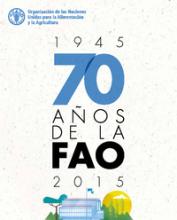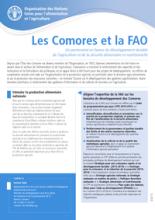Land Library
Welcome to the Land Portal Library. Explore our vast collection of open-access resources (over 74,000) including reports, journal articles, research papers, peer-reviewed publications, legal documents, videos and much more.
/ library resources
Showing items 1 through 9 of 331.This paper reviews the experiences of introducing land consolidation and land banking instruments in Central and Eastern Europe, largely to address the structural problems of small and fragmented farms.
Land cover change impacts ecosystem function across the globe. The use of land cover data is vital in the detection of these changes over time; however, most available land cover products, such as the National Land Cover Dataset (NLCD), are produced relatively infrequently.
Crown diameter and tree density were measured in 52 communities in the Sudan-Sahel using satellite imagery to determine the relationships between rainfall and distance from community center to crown size diameter and tree density.
This philosophical paper explores the aesthetic argument for landscape conservation. The main claim is that the experience of beautiful landscapes is an essential part of the good human life. Beautiful landscapes make us feel at home in the world.
In-depth understanding about the vertical distribution of soil organic carbon (SOC) density is crucial for carbon (C) accounting, C budgeting and designing appropriate C sequestration strategies.
The objectives of this study are to: (1) evaluate accuracy of tree height measurements of manual stereo viewing on a computer display using digital aerial photographs compared with airborne LiDAR height measurements; and (2) develop an empirical model to estimate stand-level aboveground biomass w
En este libro se cuenta el relato de estas siete décadas de historia de la FAO, de sus protagonistas y de sus hechos. Se han rescatado del archivo de la FAO imágenes inéditas en blanco y negro de los primeros años de la Organización que configuran un portfolio de intensas y hermosas imágenes.
Los suelos sanos son el mayor almacén de carbono terrestre.
Depuis que l’État des Comores est devenu membre de l’Organisation, en 1977, diverses interventions ont été mises en oeuvre dans le secteur de l’alimentation et de l’agriculture.




